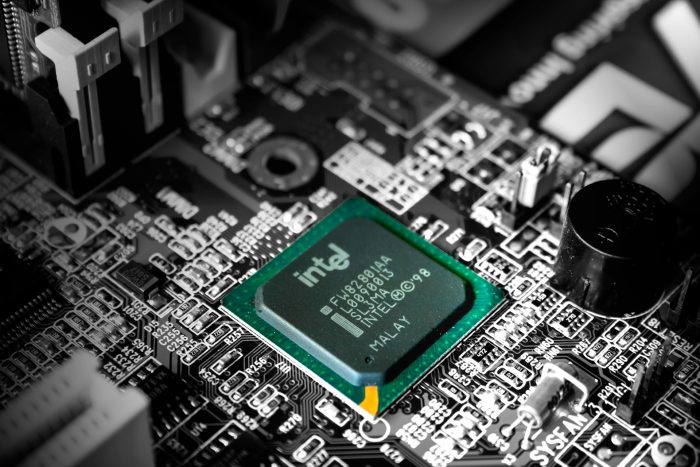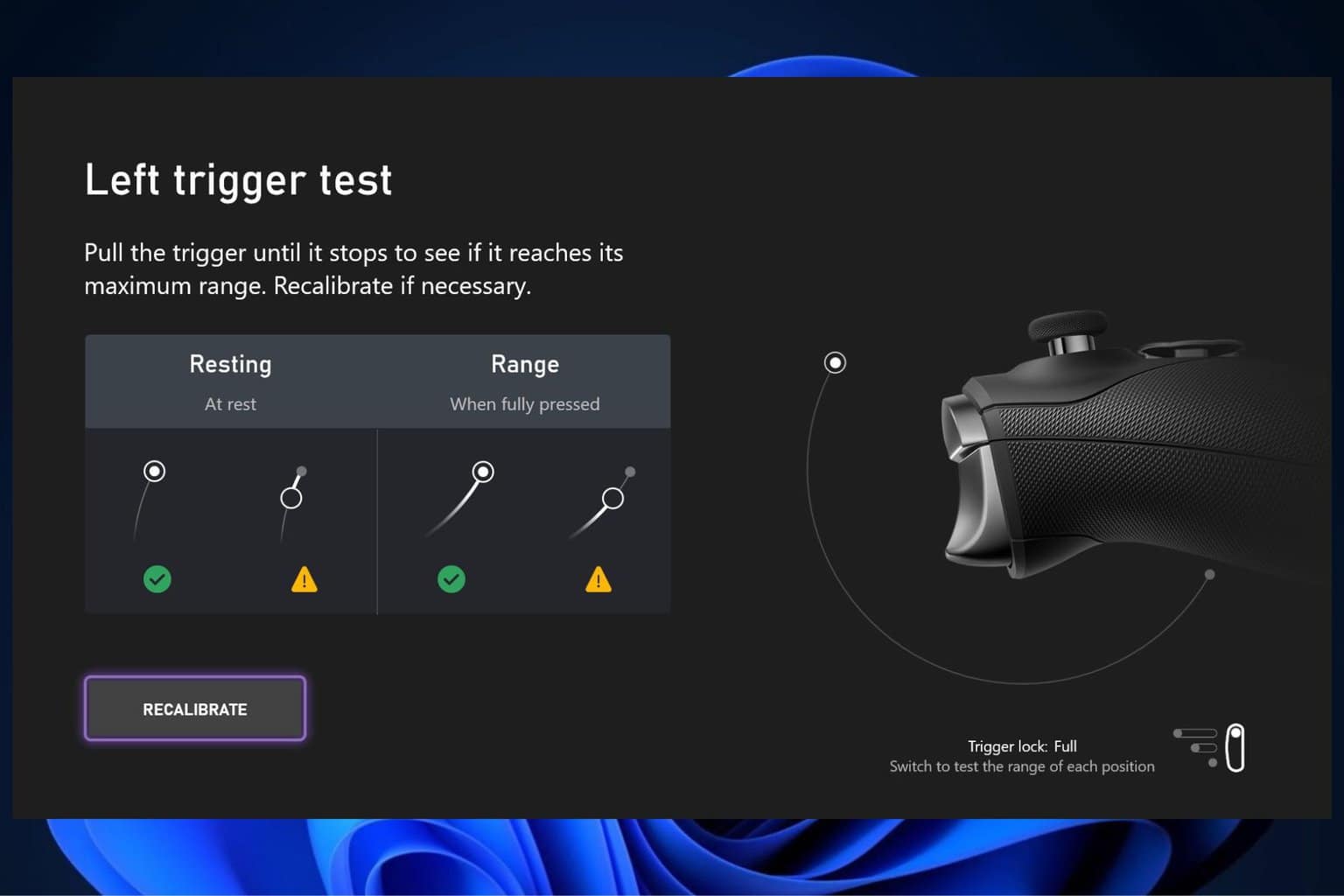Intel deploys in-house AI tools to speed up processor designing, reduces time from weeks to minutes
Already used for Meteor Lake, Lunar Lake next in line for refinements
3 min. read
Published on
Read our disclosure page to find out how can you help Windows Report sustain the editorial team. Read more

The applications of Artificial Intelligence are increasing by the day, from something as simple as writing a short essay to utilization in industries. Recently, Intel shared an exciting update about using homegrown AI tools to speed up the designing of processors.
Intel claims that the AI tools helped engineers find the optimal positioning for heat-sensitive sensors on processors, a work otherwise done manually through previously available data and design-specific decisions. With AI, the design time has been reduced from up to 6 weeks to a few minutes.
Instead of using the term Artificial Intelligence, Intel goes with Augmented Intelligence, which it defines as a subset of the former, centered around interactions between humans and machines.
Intel explains how augmented intelligence aids in processor design
AI assists System-on-Chip (SoC) designers in finding the perfect spot for thermal sensors. Mark Gallina, CCG principal engineer, explains the previously employed process,
Client products like laptops rely heavily on turbo and peak frequencies. You want the SoC to burst to higher frequencies, which in turn generates thermal heat. That process takes a few weeks, and we are limited to looking into one or two workloads at a time.
Now, they don’t have to run a series of tests on input/output (I/O), CPU core, and other system functions. With the in-house AI tool, designers just put in all the boundary conditions and variables, and the tool comes up with optimal design suggestions within minutes.
Shedding light on the improvements, Mark Gallina says,
With augmented intelligence, we’re using computational machine learning combined with human engineering expertise to identify the best areas to invest our limited resources. This new tool has completely revolutionized the way we do thermals today. It’s so much more efficient and gives us so much more visibility to thermal risks before we turn the SoC on. We’ve been feeling our way in the dark, but with augmented intelligence, we’ve been given a flashlight to guide the way forward.
The AI tool that revolutionized chip design was developed by a team headed by Olena Zhu from Intel’s Client Computing Group (CCG).
Intel is also finding more applications for augmented intelligence in manufacturing and designing, thus improving process efficiency. For instance, AI has helped to reduce the time spent testing individual processors by 50%. Another automatic failure analysis tool improved efficiency gains by 60% for high-speed I/O design.
Intel has previously experimented with the augmented intelligence tool on the Meteor Lake family of processors, with the Lunar Lake series next in line. It will undoubtedly provide a boost to Intel’s expansion in the market for AI PCs!
To find out more about the developments, check Intel’s official blog.
Do you believe Intel employing AI for design and other tasks will help Intel compete with archnemeses like NIVIDA and AMD? Share with our readers in the comments section.








User forum
0 messages